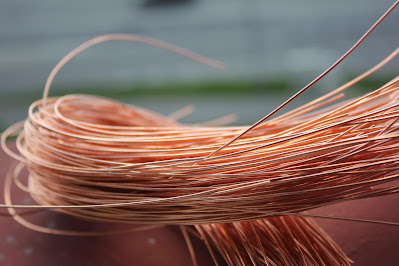5 Mistakes to Avoid When Recycling Metal

Recycling metal is a fantastic way to contribute to a sustainable environment, conserve resources, and reduce waste. However, even with the best intentions, mistakes can happen. Here are five common mistakes to avoid to make your metal recycling Melbourne efforts more effective and efficient. 1. Not Sorting Metals Properly One of the most common mistakes in metal recycling is failing to sort metals correctly. Different metals have different recycling processes, and mixing them can lead to contamination and inefficiency. Ferrous vs. Non-Ferrous Metals : Ferrous metals contain iron and are magnetic, while non-ferrous metals do not contain iron and are non-magnetic. Sorting these correctly is crucial. Contaminants : Make sure to remove any non-metallic materials attached to the metals, such as plastic, rubber, or paint. Proper sorting helps recycling facilities process the metals more efficiently and ensures the quality of the recycled materials. 2. Ignoring Metal Cleanliness A...





